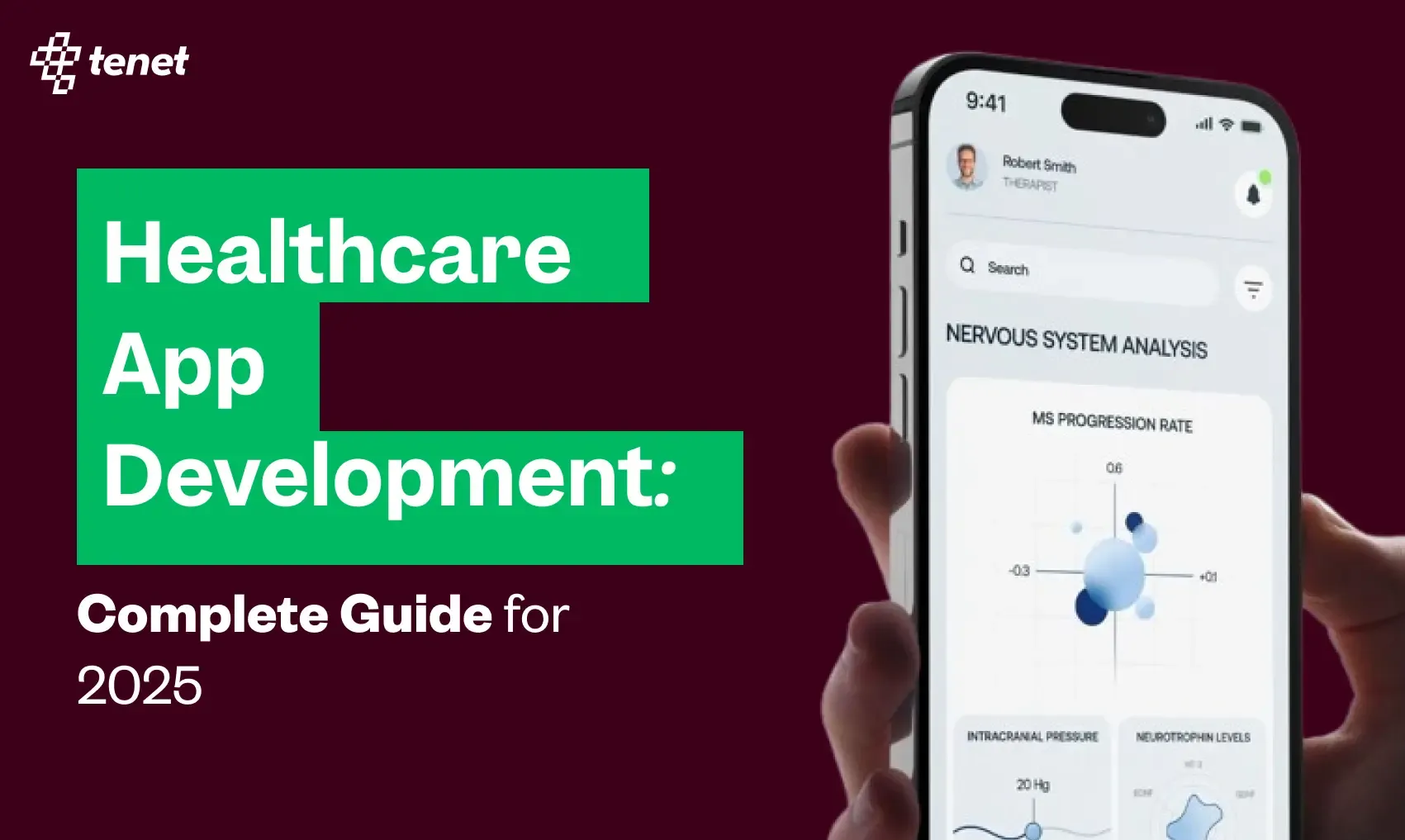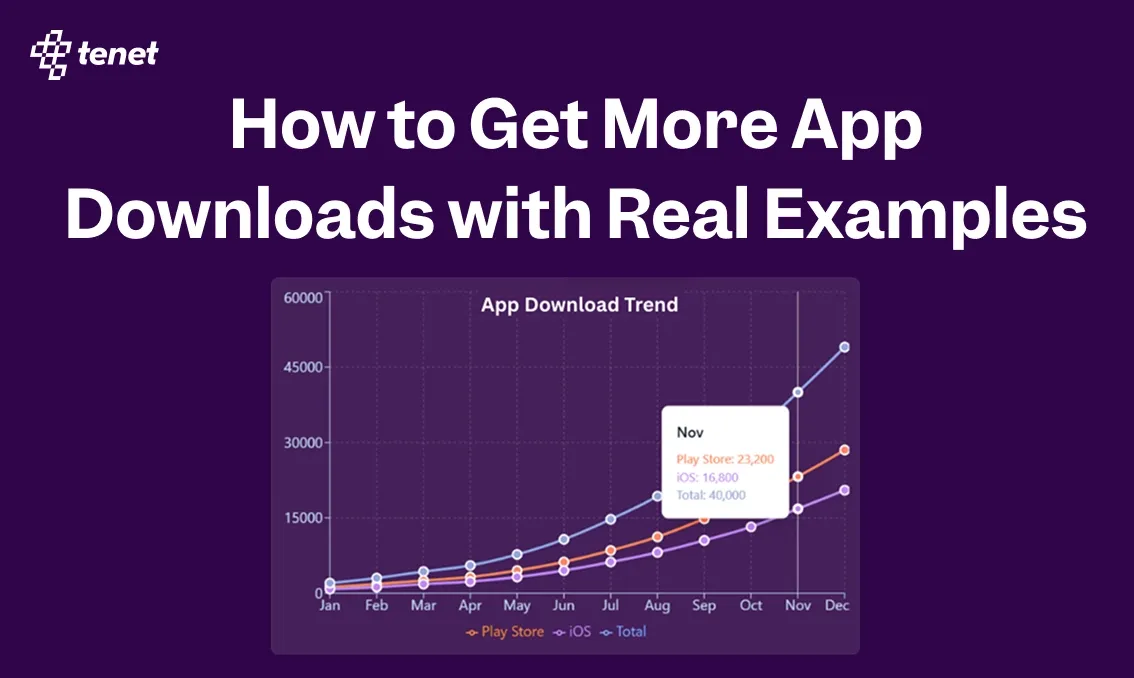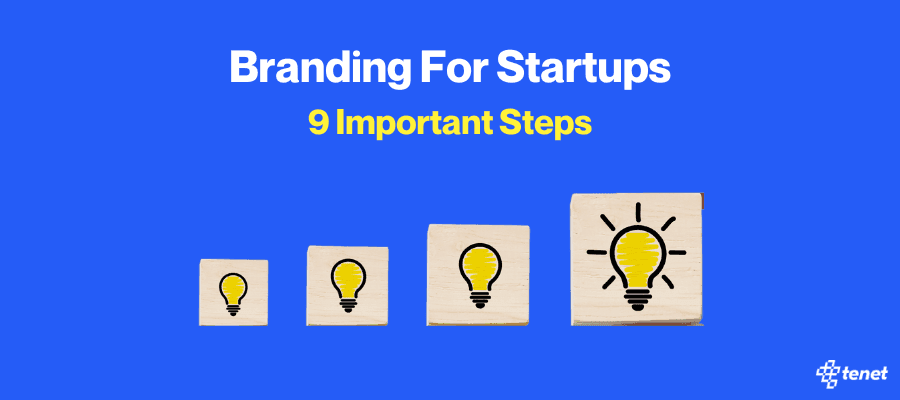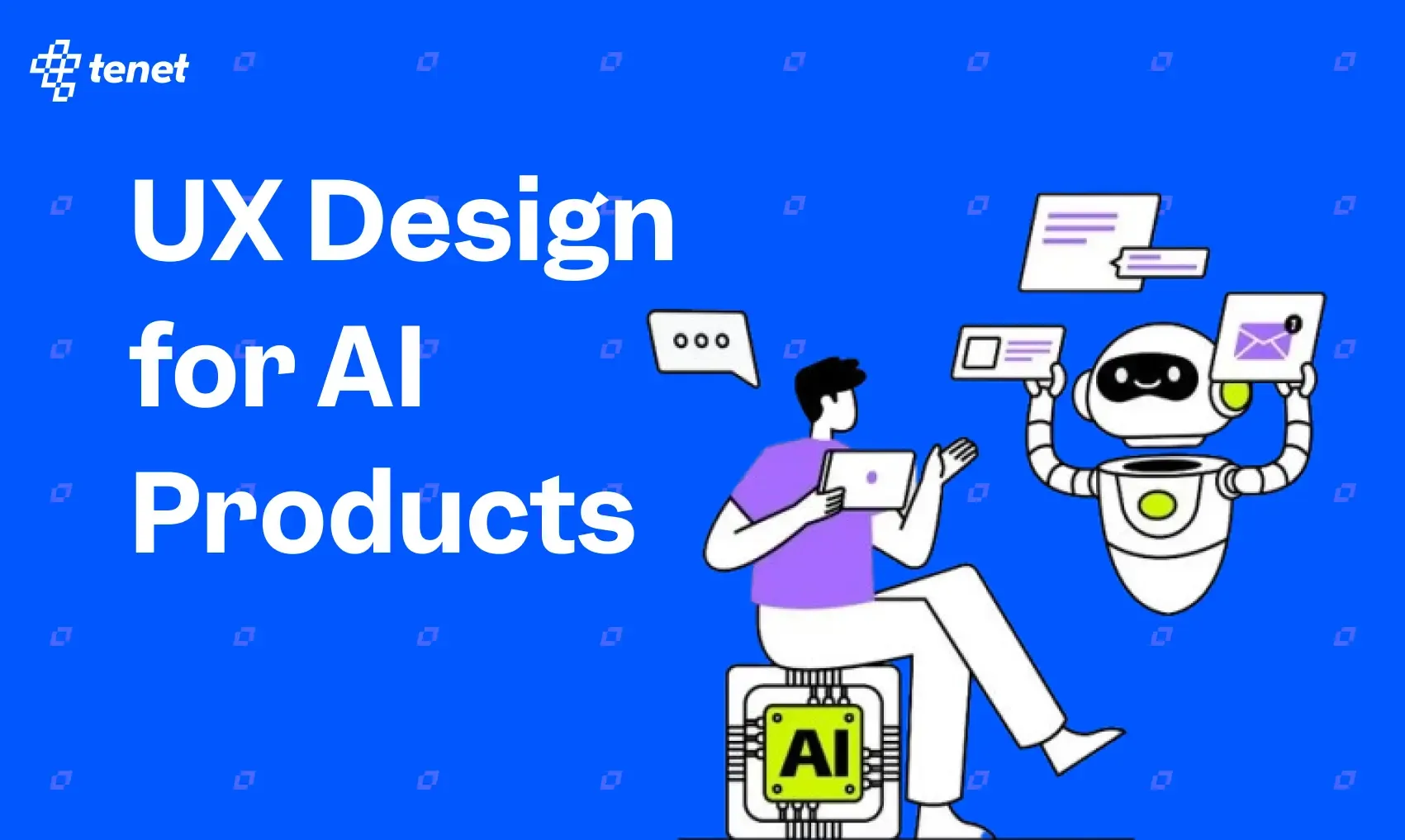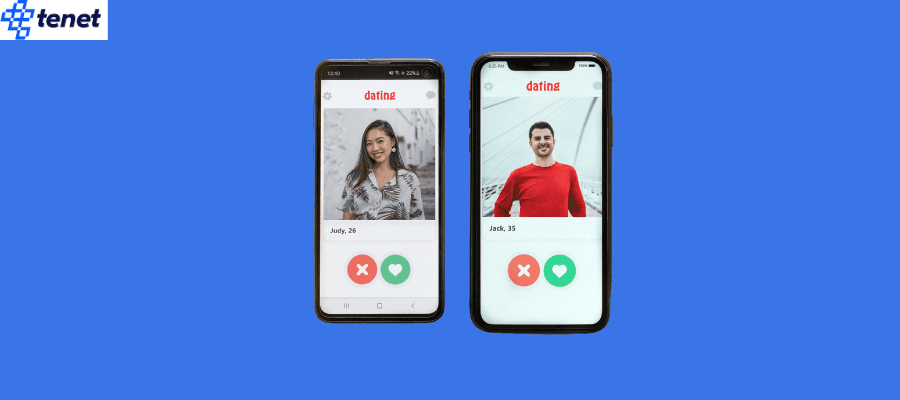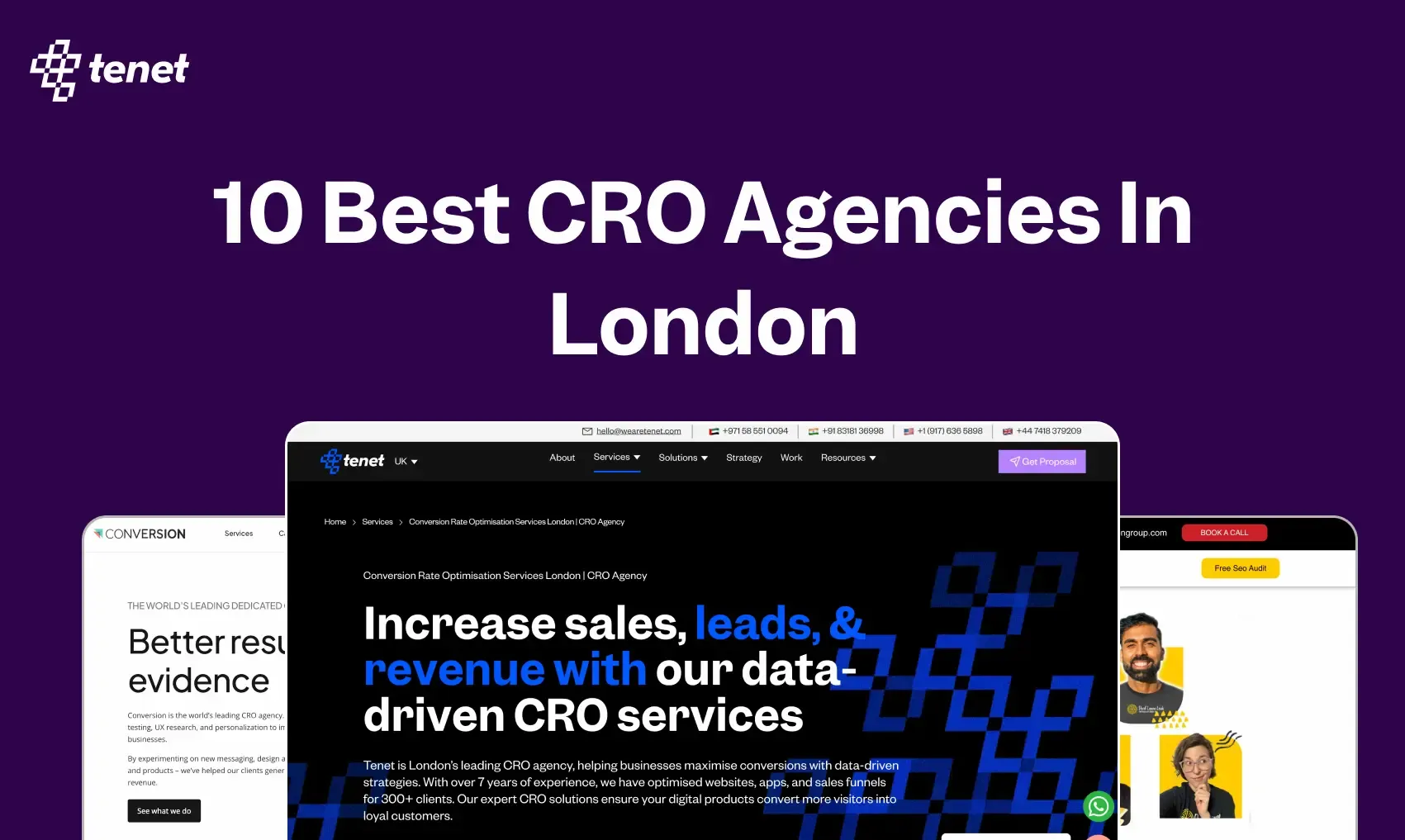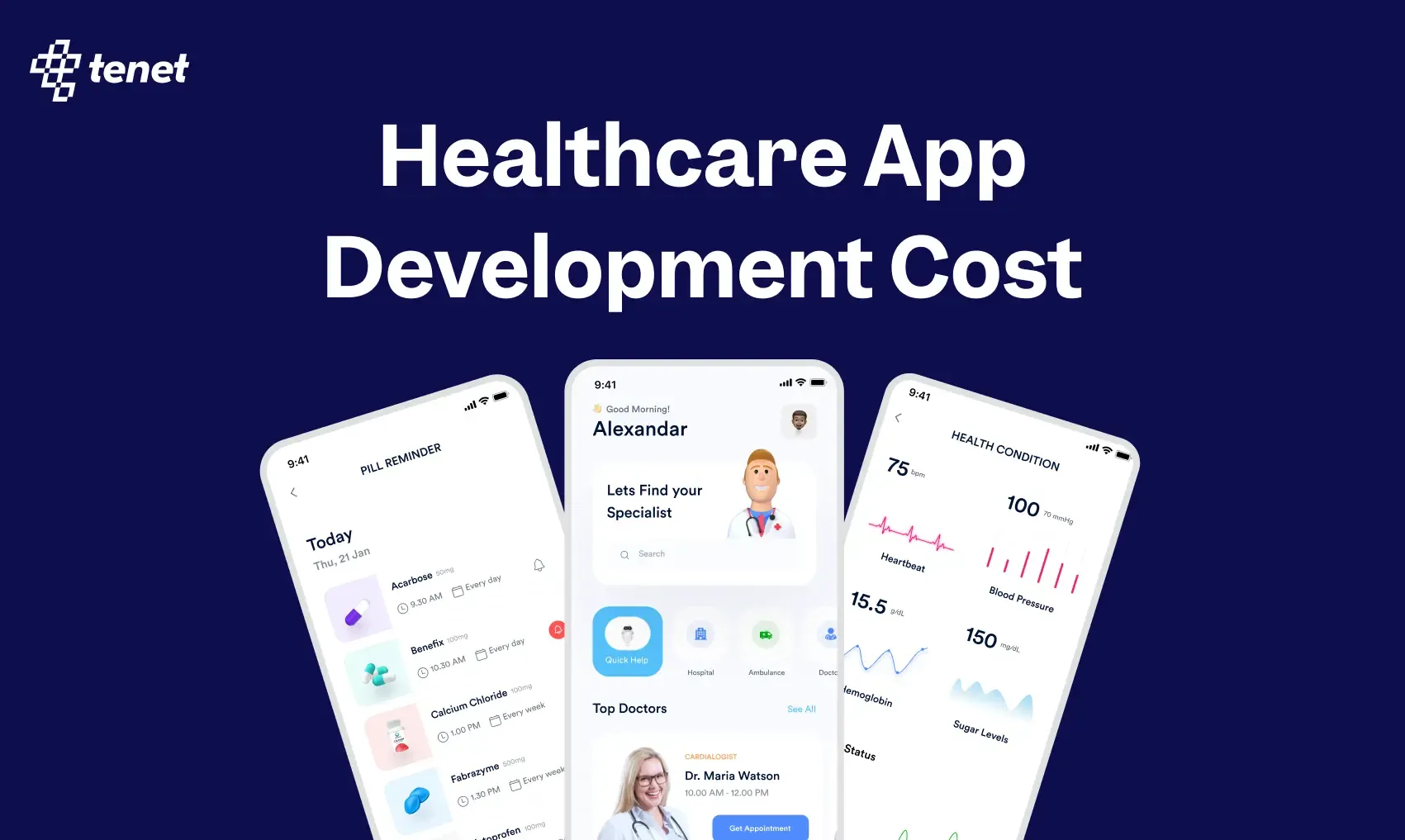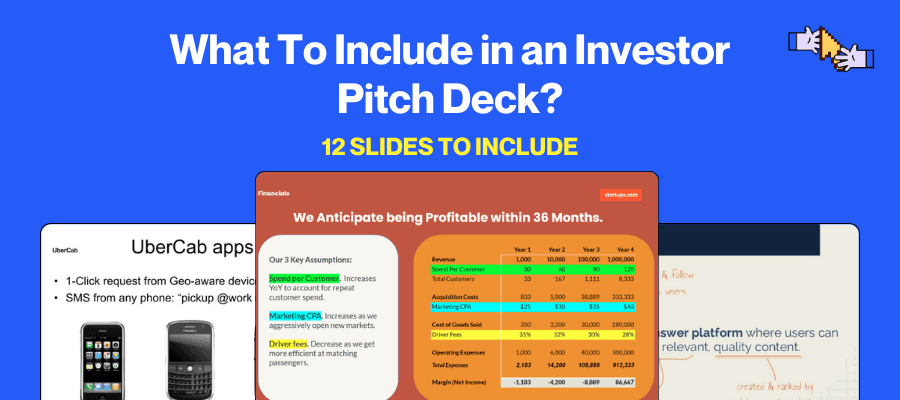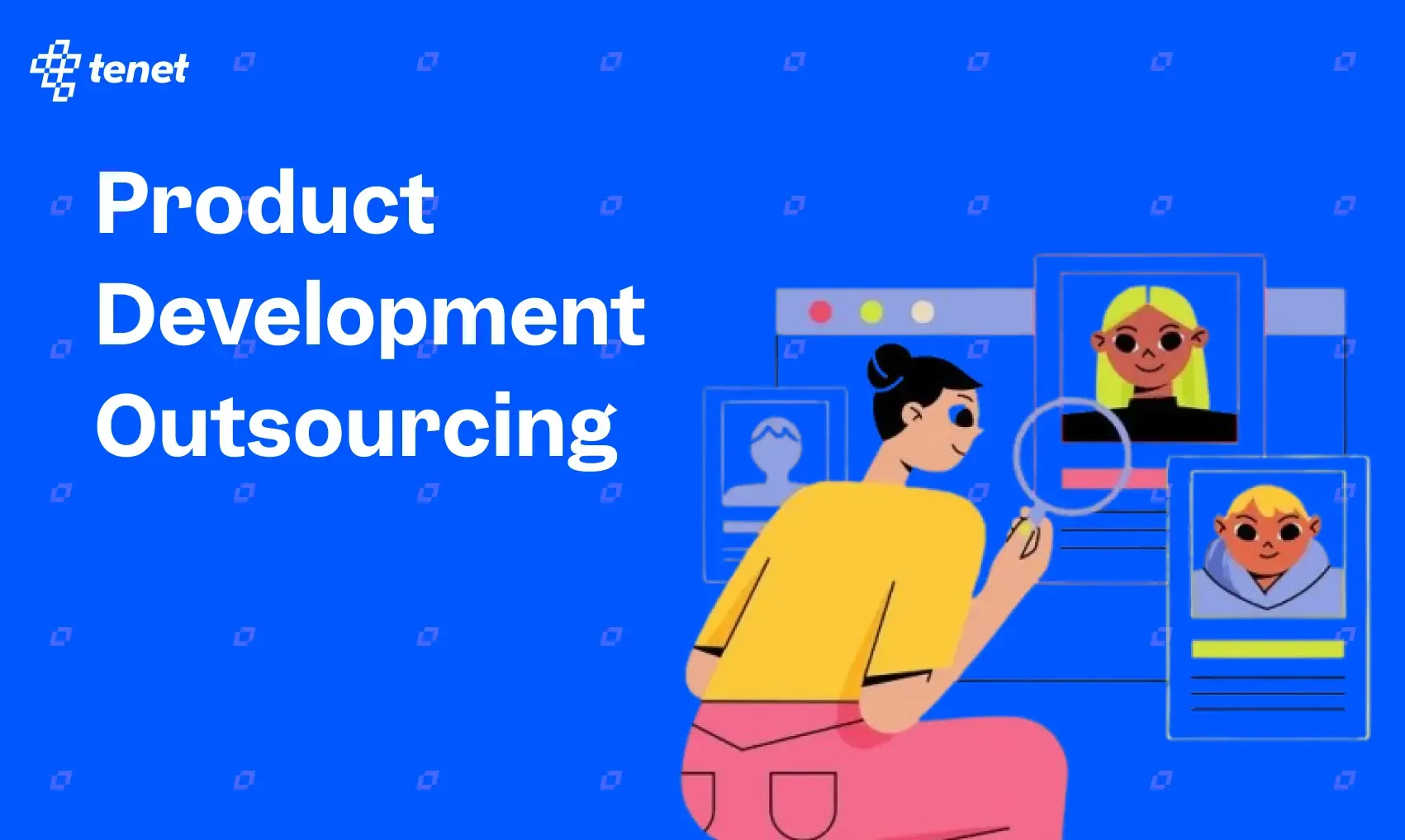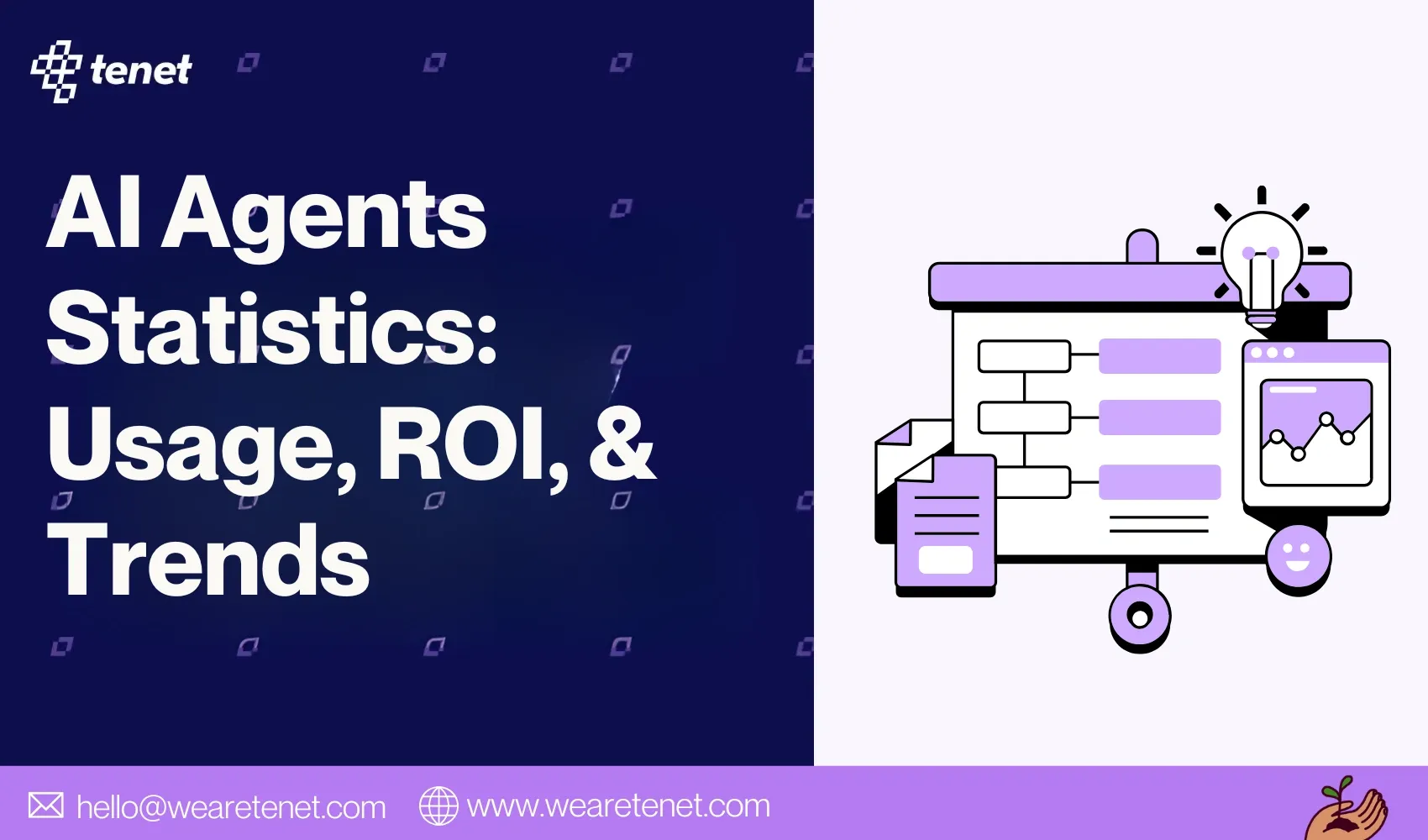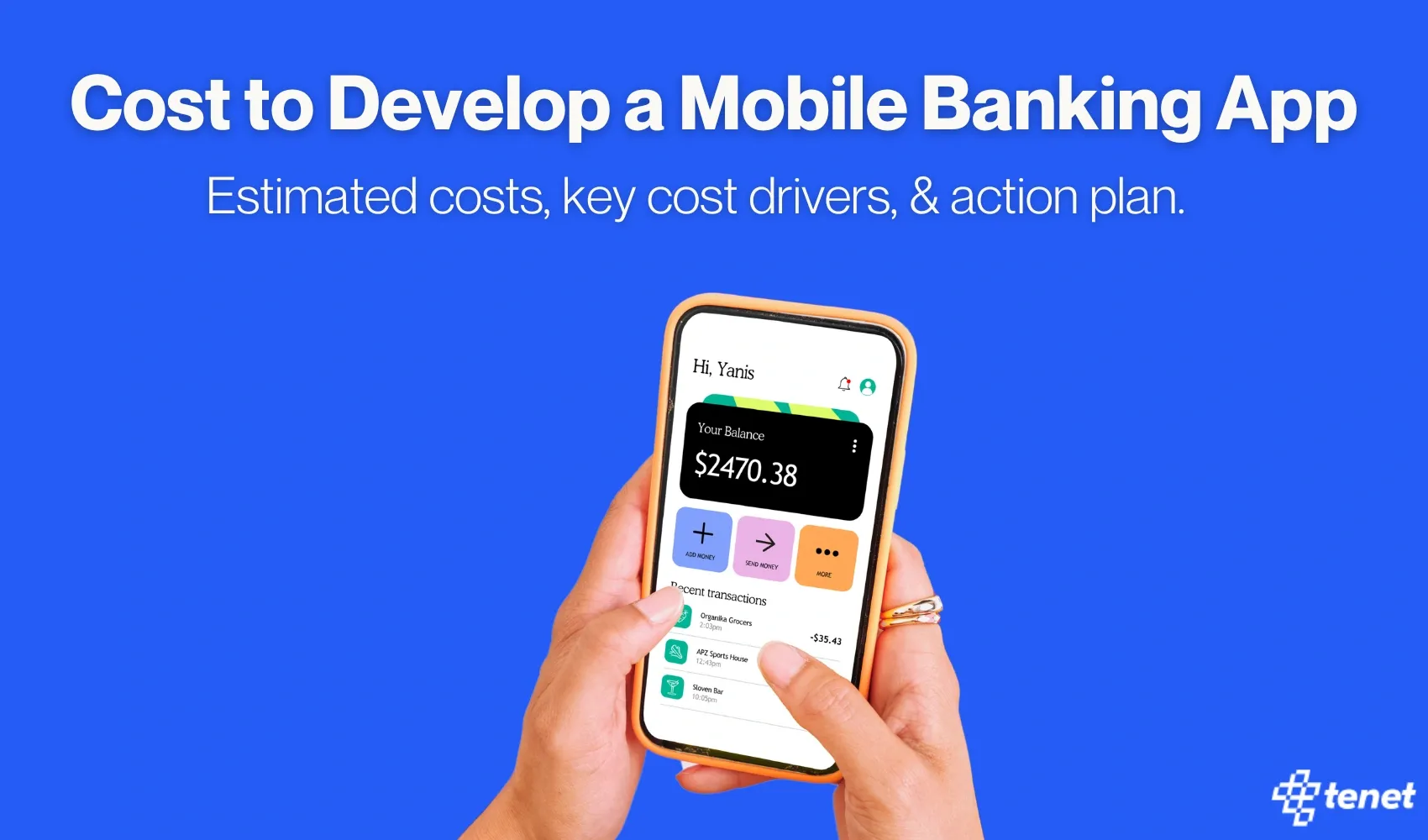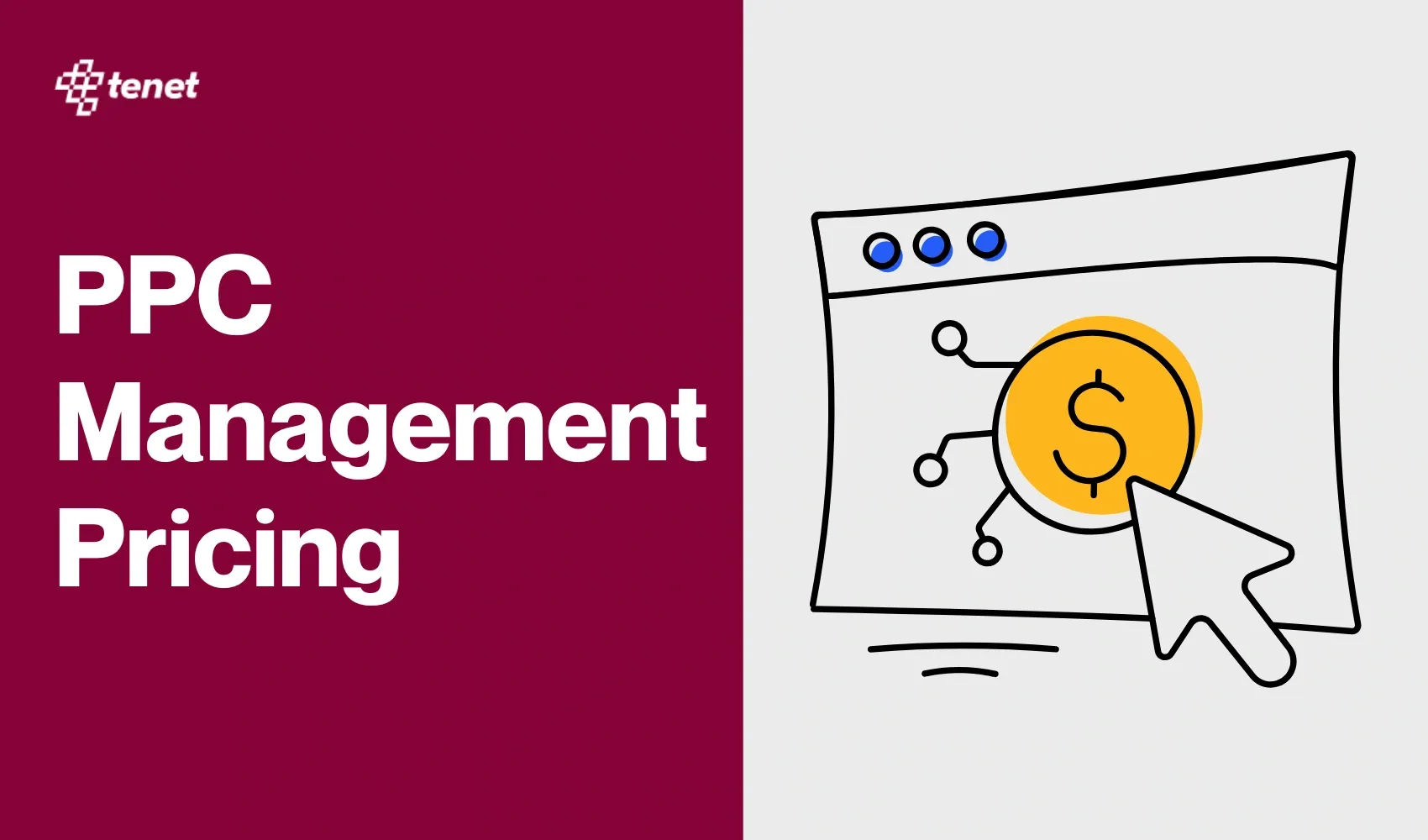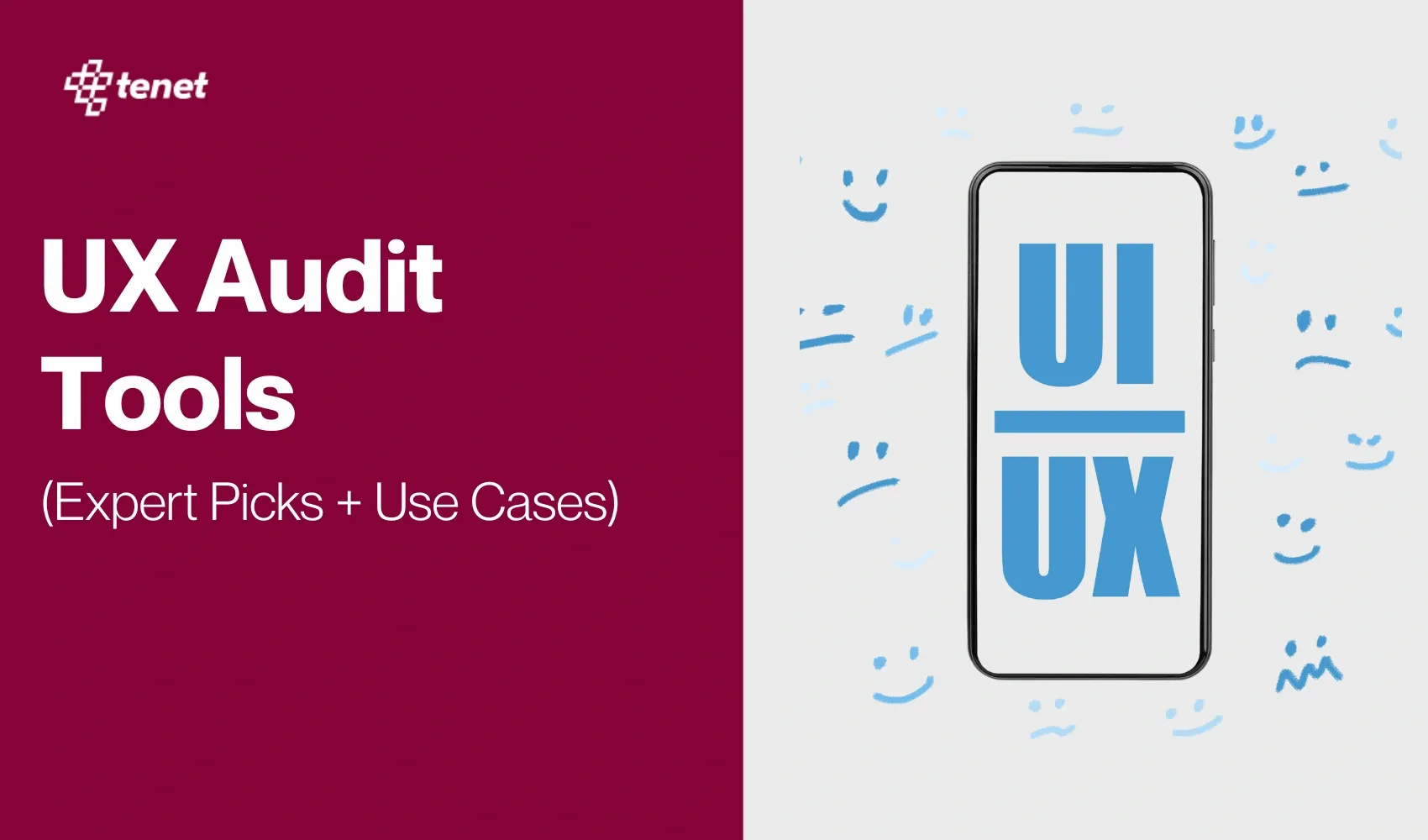App Maintenance Cost in 2026: Cost Breakdown & Factors
Share
Share
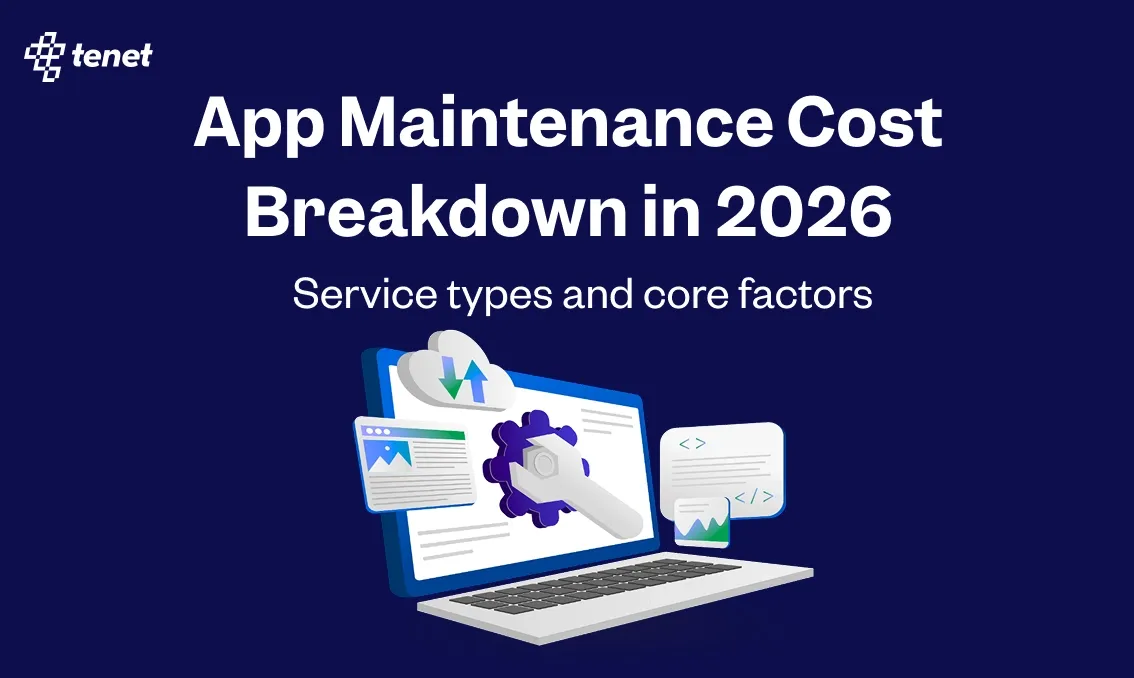
Get a quick blog summary with
After launch, many mobile apps start facing slow performance, security issues, and low user engagement.
These problems appear when updates stop or when the app is not tested for new devices and operating systems.
In fact, rapid changes in AI, data privacy laws, and frequent platform updates make old apps unstable. Without regular maintenance, your app can crash, lose users, and reduce revenue.
At Tenet, we help brands keep their apps fast, secure, and up to date across all platforms. Our team monitors, tests, and optimizes performance to prevent downtime and security risks.
With over 450+ completed projects, 300+ global clients, and a 98% satisfaction rate, our expert developers ensure every app remains reliable and ready for growth.
In this guide, you will learn what app maintenance includes, how much it costs in 2026, what factors affect pricing, and how Tenet helps you maintain a strong and future-ready product.
What is app maintenance?
App maintenance is the continuous process of updating, improving, and optimizing a mobile or web application after launch to ensure it remains functional, secure, and compatible with the latest technologies.
Beyond fixing bugs, it covers performance monitoring, adding new features, ensuring data security, and adapting to changing user needs or platform requirements. Essentially, it keeps your app relevant, stable, and growth-ready long after it hits the market.
What’s included in app maintenance?
App maintenance encompasses several vital activities that keep your app running smoothly. Here’s what it typically includes:
- Bug fixing: Resolving crashes, errors, and glitches that impact usability.
- Performance optimization: Improving speed, responsiveness, and load times.
- Security updates: Patching vulnerabilities and ensuring data protection.
- OS and device updates: Making sure your app runs smoothly on new versions.
- Feature enhancements: Adding or refining functionalities based on user needs.
- Monitoring and analytics: Tracking performance and user behavior to guide improvements.
- UI/UX improvements: Keeping the interface modern and intuitive.
These tasks work together to ensure your app remains secure, efficient, and aligned with user needs over time.
👉 For expert insights on expertly managing these ongoing requirements, see Tenet’s comprehensive guide on maintaining apps cost-effectively.
How much does it cost to maintain an app?
The estimated cost to maintain an app in 2026 ranges between $5,000 and $15,000 annually for a simple app and $50,000 to $150,000 or more per year for a complex app.
This is typically calculated as 15–20% of the initial development budget annually and includes costs for security, bug fixes, server upkeep, and platform compatibility updates.
A visual comparison of app maintenance costs for simple versus complex apps:
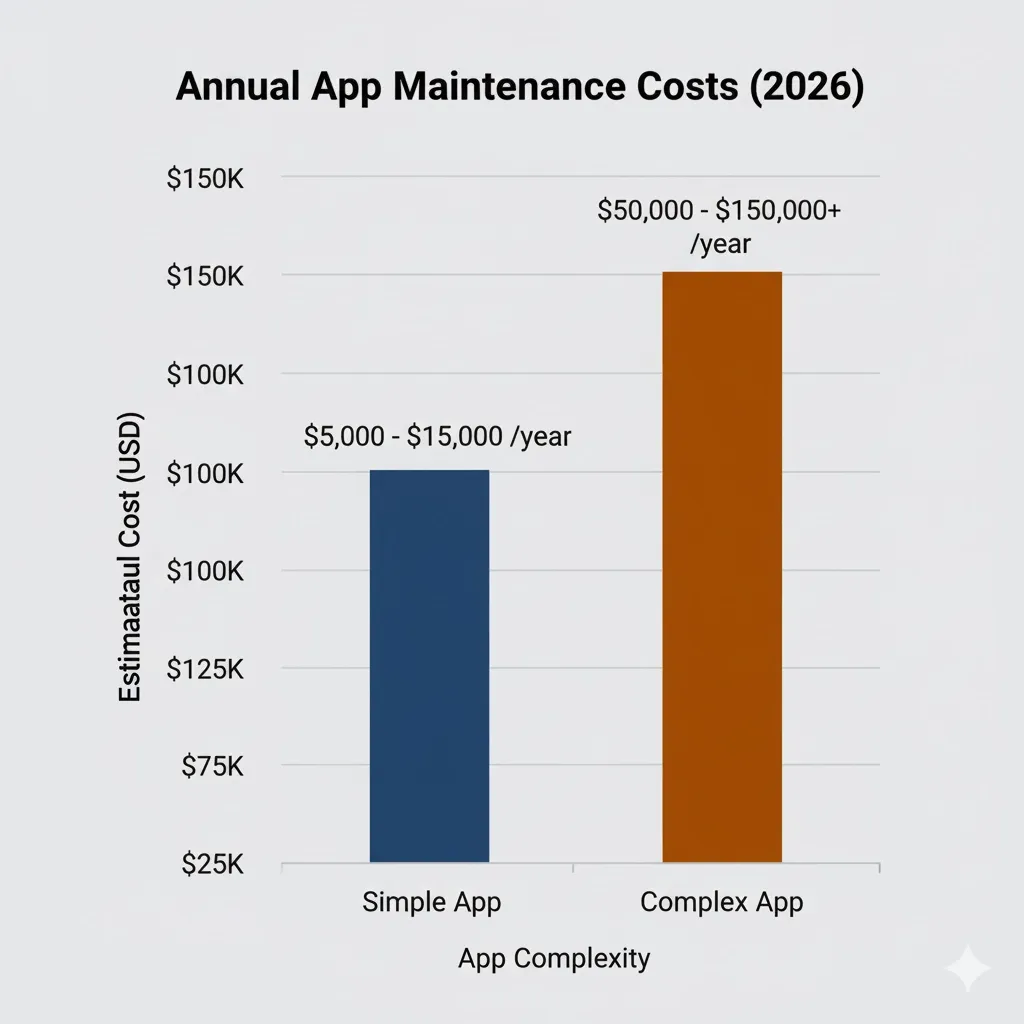
What are the factors that affect the mobile app maintenance cost?
1. App Complexity
Maintenance costs increase as the app becomes more complex. Apps with more features, integrations, and custom code need more time and resources to update and fix.
However, simple apps can cost between $3,000 and $10,000 per year, while large apps such as e-commerce or gaming platforms can cost more than $50,000 annually.
Hosting and Infrastructure
Cloud hosting varies by user traffic, data storage, and computing needs. Small apps typically spend $50 to $500 per month on servers, databases, CDNs, and backups. High-traffic apps can pay $10,000+ monthly.
Bug Fixes and Technical Updates
Fixing bugs and addressing security vulnerabilities usually consumes 20–30% of a maintenance budget. This includes resolving user-reported issues and crashes.
OS and Third-Party Updates
Mobile apps must stay compatible with annually updated iOS and Android versions. Updating deprecated APIs, adapting to new devices, and integrating third-party SDK updates add to maintenance.
Security and Compliance
Regular security patches, SSL certificates, penetration tests, and compliance with regulations like GDPR or HIPAA require ongoing investment - particularly for apps handling sensitive data.
Monitoring and Analytics
Tools for performance monitoring, crash reporting, and user analytics cost between $100 and $2,000 monthly, depending on scale.
Team and Support Costs
Developer rates vary widely by location, from $25/hour offshore to $150+/hour for senior US-based developers. Maintenance often involves the largest portion of ongoing expenses. Customer support adds further costs.
Database and API Maintenance
Ongoing backend optimization, including database tuning, API updates, and server improvements, ensures consistent speed and reliability.
Team Location
Maintenance costs differ significantly by region, with North America and Western Europe charging the highest rates, while India and the UAE offer more cost-effective options without compromising quality.
Here is a chart showing major factors that influence app maintenance costs:
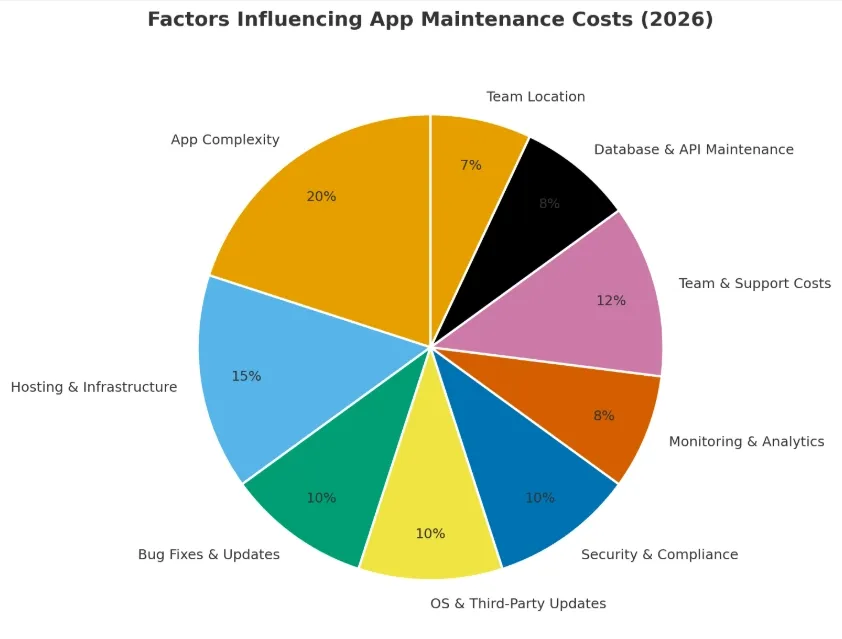
⭐ Here are some articles for future reference:
- Ecommerce mobile app development cost
- Insurance app development cost breakdown
- Ecommerce app development cost
- Taxi app development costi
Common Types of Maintenance Services and their cost
App maintenance isn’t just about fixing issues; it’s an ongoing process that keeps your product aligned with business goals, user needs, and technological advancements.
As we step into 2026, most apps rely on five major types of maintenance services. Each serves a distinct purpose depending on the app type, complexity, and industry requirements.
1. Corrective Maintenance
Corrective maintenance focuses on identifying and fixing errors, crashes, or glitches that occur after the app’s launch. This type of maintenance is reactive by nature, dealing with problems users report or that are detected during monitoring.
Example: Imagine a food delivery app experiencing cart errors or payment transaction failures; corrective maintenance would address these immediately to restore a smooth user experience.
Common for: eCommerce apps, on-demand service apps, and fintech platforms where uninterrupted functionality is critical to user satisfaction and revenue.
2. Adaptive Maintenance
Adaptive maintenance ensures that your app stays compatible with ever-evolving operating systems, APIs, devices, and third-party integrations. Technology environments change rapidly, and without adaptive updates, apps quickly become outdated or unusable.
Example: A healthcare app must update regularly to support the latest Android or iOS versions and integrate with updated health data APIs to comply with standards and offer smooth operation.
Common for: HealthTech, SaaS platforms, financial applications, and any system relying heavily on external integrations or platform compatibility.
3. Perfective Maintenance
Perfective maintenance is about continuous improvement. It involves enhancing app performance, upgrading UI/UX for better engagement, and adding features that users request or market trends demand. Unlike corrective maintenance, perfective maintenance is proactive and growth-oriented.
Example: A B2B SaaS product may add workflow automation features after user feedback reveals how they can improve productivity.
Common for: B2B SaaS tools, productivity apps, and content platforms aiming to deliver engaging and evolving user experiences.
4. Preventive Maintenance
Preventive maintenance proactively detects and resolves potential issues before they impact users. This includes regular code refactoring, security patching, updating obsolete libraries, and running performance audits to ensure long-term app health and minimize downtime.
Example: Running quarterly security audits and updating code modules for an enterprise application to reduce potential failure points.
Common for: Enterprise-grade software, financial apps, and mission-critical solutions where high reliability and uptime are mandatory.
5. Emergency Maintenance
Emergency maintenance addresses urgent, unexpected failures that require immediate attention to prevent significant damage. These interruptions might be server crashes, data corruption, or critical security breaches that risk user data or app functionality.
Example: A banking app facing downtime after a sudden backend outage would require emergency maintenance deployment to restore operations quickly.
Common for: Mission-critical applications in finance, logistics, healthcare, and other sectors where failures can cause serious user impact or regulatory concerns.
Below is the comparison image that shows the common maintenance services and their characteristics:

What does app maintenance service include?
While maintenance types define why updates are needed, these services describe what tasks are actually performed. Below are the core components of app maintenance, along with descriptions and average annual costs.
Backend and Server Management
This involves maintaining APIs, databases, cloud infrastructures, and servers that power the app’s functionality. The goal is to ensure uptime, scalability, data integrity, and smooth interaction between the app’s frontend and backend systems. Tasks include database optimization, server health monitoring, scaling cloud resources, and updating backend code and third-party integrations.
👉 Average Cost: $2,000 to $15,000 per year, depending on app traffic, data volume, and hosting complexity.
Performance Optimization
Performance optimization addresses bug fixes, reducing app load times, minimizing crashes, and improving responsiveness. This directly impacts user experience by increasing speed and reliability. It frequently involves profiling app performance, optimizing code, memory management, and fixing performance bottlenecks.
👉 Average Cost: $1,000 to $5,000 annually, varying by app complexity and issue frequency.
Security and Compliance Updates
This critical service ensures the app remains secure against vulnerabilities and compliant with legal standards such as GDPR or HIPAA. It includes applying security patches, encryption upgrades, penetration testing, and monitoring for threats or breaches. Regular updates mitigate risks associated with cyberattacks, data leaks, or unauthorized access.
👉 Average Cost: $2,000 to $10,000 annually based on security requirements and industry regulations.
OS and Device Compatibility
Apps must continuously adapt to new versions of mobile operating systems (iOS, Android) and support emerging devices with different screen sizes, hardware specs, or features. This service requires code adjustments, testing, and deploying updates to maintain compatibility across devices and OS updates.
👉 Average Cost: $3,000 to $8,000 per year, depending on the frequency of OS updates and device diversity.
UI/UX Enhancements
User interface (UI) and user experience (UX) updates improve app aesthetics, accessibility, and usability. This involves redesigning visual elements, simplifying navigation, enhancing accessibility compliance, and introducing features that improve engagement based on analytics and user feedback.
👉 Average Cost: $4,000 to $12,000 annually, varying with redesign scope and feature complexity.
Feature Upgrades and Integrations
Apps evolve by adding new functionalities or improving existing ones. Maintenance involves releasing feature upgrades, integrating third-party services like CRMs, analytics tools, payment gateways, and refining APIs for smoother operation. This keeps the app competitive and aligned with business goals.
👉 Average Cost: $3,000 to $10,000 per year based on features and integration complexity.
Monitoring and Analytics
Using tools such as Firebase, Datadog, or Google Analytics, this service tracks app crashes, errors, load times, user engagement, and other performance metrics. Continuous monitoring allows data-driven decision-making to proactively fix issues and plan updates.
👉 Average Cost: $500 to $2,000 annually, depending on tool usage and data scale.
Emergency Support
This provides rapid response to critical issues like downtime, data breaches, or system failures. Emergency maintenance minimizes service disruption and data loss by swiftly troubleshooting and restoring functionality. This service is typically offered under service-level agreements (SLAs) with prioritized response times.
👉 Average Cost: $1,000 to $5,000 annually, influenced by SLA terms and incident frequency.
This graph shows the app maintenance service cost in one go:

💡 Total Annual Maintenance Spend (2026 Estimate): Most apps allocate $5,000 to $25,000 yearly for routine maintenance.
Complex or enterprise-grade applications with heavy data traffic, extensive integrations, or high compliance standards may exceed $50,000 annually.
👉 FURTHER RESOURCES
- The iOS App Market: Trends, Statistics, and Insights
- Insurance App Development Cost Breakdown
- How Much Does it Cost to Develop a Mobile Banking App?
- E-commerce App Development Cost in the UK
App Maintenance Cost by Region
App Maintenance Cost in the United Kingdom (UK)
In the UK, the average annual cost for app maintenance typically ranges from 15% to 25% of the original development investment.
Developers in the UK charge approximately $70 to $150 per hour for app-related work, reflecting the region’s high standards for quality and compliance.
For instance, if an app was developed for £100,000 (roughly $130,000), a typical yearly maintenance budget would fall between £15,000 - £25,000 (around $20,000 to $33,000).
This budget covers ongoing updates, bug fixes, security patches, and compatibility upgrades necessary to keep the app running smoothly in the UK’s regulatory and technological environment.
App Maintenance Cost in the USA
In the USA, the maintenance costs generally follow the same benchmark of 15% to 20% of the initial development cost annually, though the rates for developers tend to be higher.
In the US, hourly developer rates can reach $100 to $250, depending on the app’s complexity and the expertise required
For a US-based app that costs around $200,000 to develop, annual maintenance expenses could be expected in the range of $30,000 to over $40,000, especially for feature-rich or enterprise-level applications. Higher-end apps with advanced features or compliance needs may require even larger budgets to sustain proper updates and support.
The following graph shows the cost comparison of annual app maintenance by region:
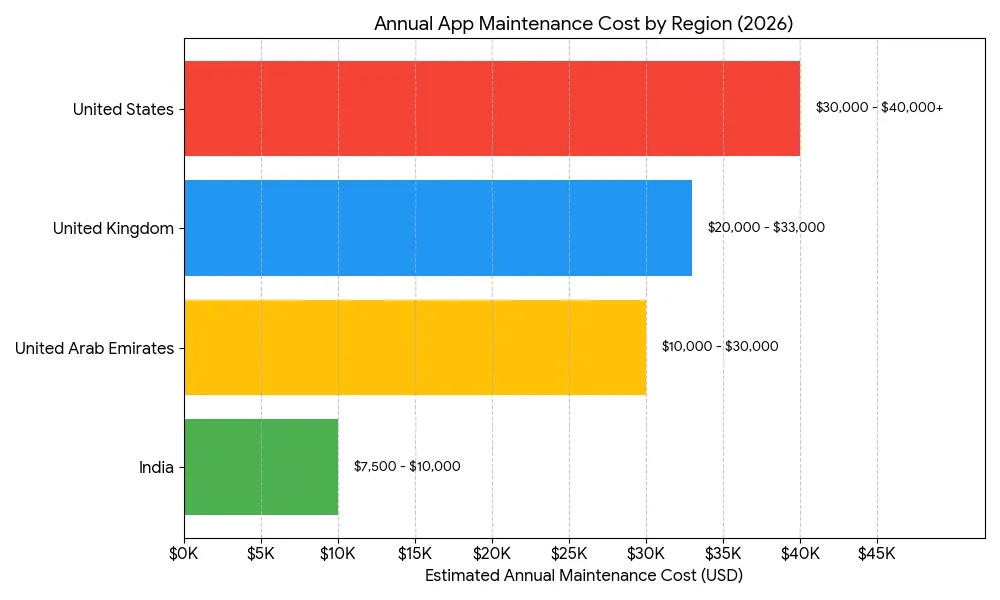
App Maintenance Cost in the United Arab Emirates (UAE)
While specific data on app maintenance costs in the UAE is less widely reported, regional hourly rates are estimated between $20-$40/hr for outsourcing or local development.
Given these rates and regional factors such as compliance, localization (including Arabic language support), and hosting infrastructure in the Gulf Cooperation Council (GCC), a conservative annual maintenance estimate would be between $10,000 - $30,000 per year for a mid-complexity app maintained from the region. This estimate factors in local hosting and regional regulatory requirements.
App Maintenance Cost in India
India remains one of the most cost-effective regions for app maintenance, offering substantial savings on labor and operational costs. Maintenance costs for servers and compatibility updates are typically cited as between ₹30,000- ₹150,000 per month, depending on the app’s complexity.
The broader industry rule indicates that maintenance costs in India generally amount to about 15% to 20% of the initial development expenditure.
For an app developed at approximately $50,000, this translates to an annual maintenance budget of roughly $7,500 to $10,000, covering bug fixes, version updates, server management, and support.
The image below demonstrates the app developer's hourly rates according to the region:
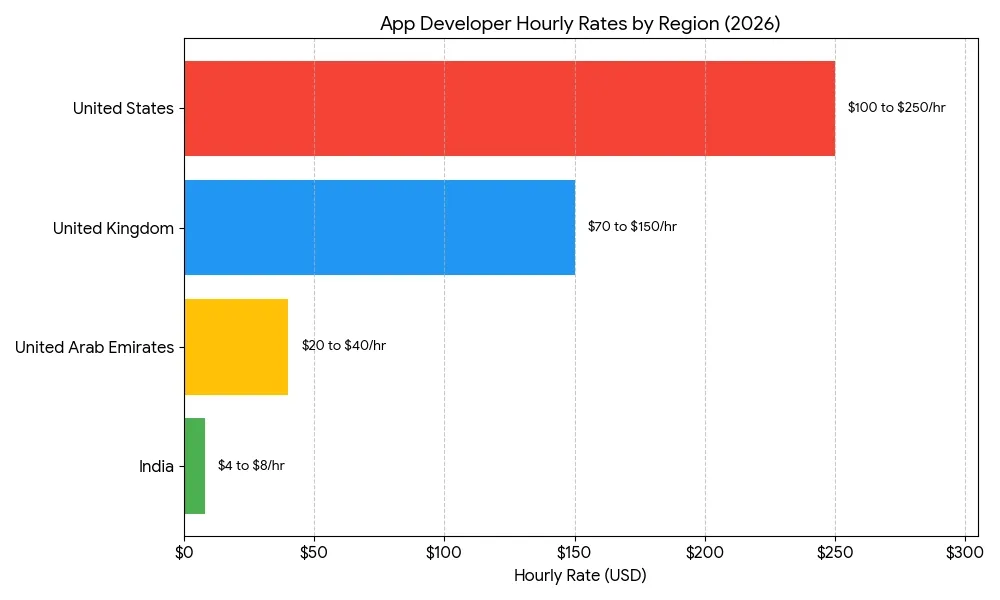
⭐ If you need help with App development to maintenance, check out our services (present in the USA, UK, India & UAE:
- Website design and development services
- Android app development services
- iOS app development services
- SaaS development services
- Cross-platform app services
- E-commerce development services
How Tenet experts help you launch and maintain your applications
Building an app is only the first milestone. The real challenge is keeping it secure, scalable, and ready for performance as your users and technology evolve.
That is where Tenet’s app experts step in. We do not just build and hand over your product.
Our app development team at Tenet provides:
- End-to-end maintenance plans that cover everything from performance tuning to feature updates and bug fixes.
- 24/7 monitoring to detect and resolve potential issues before they impact your users.
- Server and infrastructure optimization to ensure your app remains fast, stable, and cloud-ready.
- Security audits and compliance checks to keep your user data and brand reputation safe.
- Version and OS compatibility updates so your app always runs smoothly on the latest Android, iOS, or web frameworks.
At Tenet, we blend technical precision with a long-term partnership mindset, helping brands not only launch great apps but also sustain and scale them effortlessly.
If you’re planning to build or maintain your application, contact our experts to design a custom maintenance roadmap that fits your goals, budget, and tech stack, ensuring your app never falls behind.
Expertise Delivered Straight to Your Inbox
Expertise Delivered Straight to Your Inbox

Got an idea on your mind?
We’d love to hear about your brand, your visions, current challenges, even if you’re not sure what your next step is.
Let’s talk




